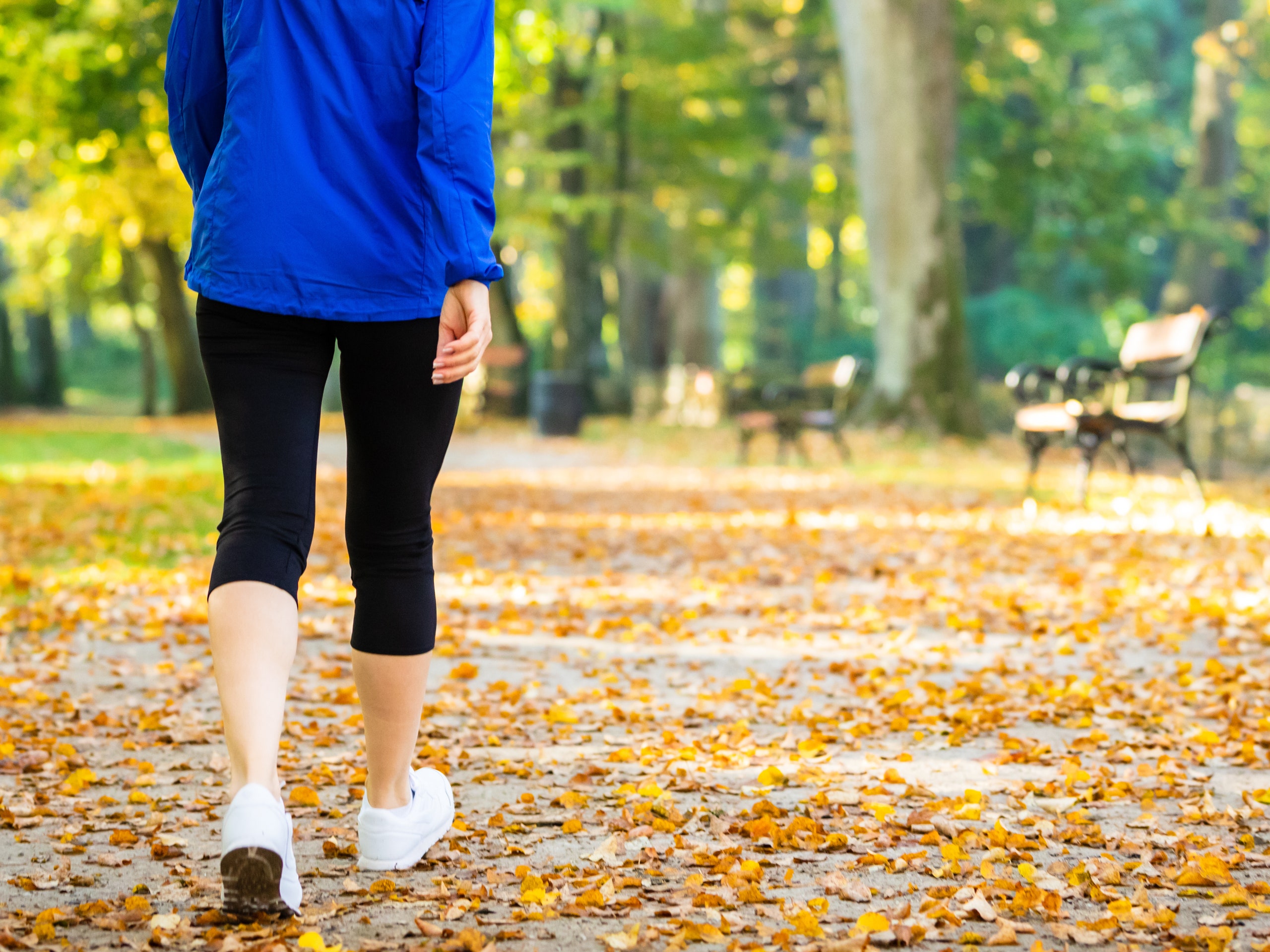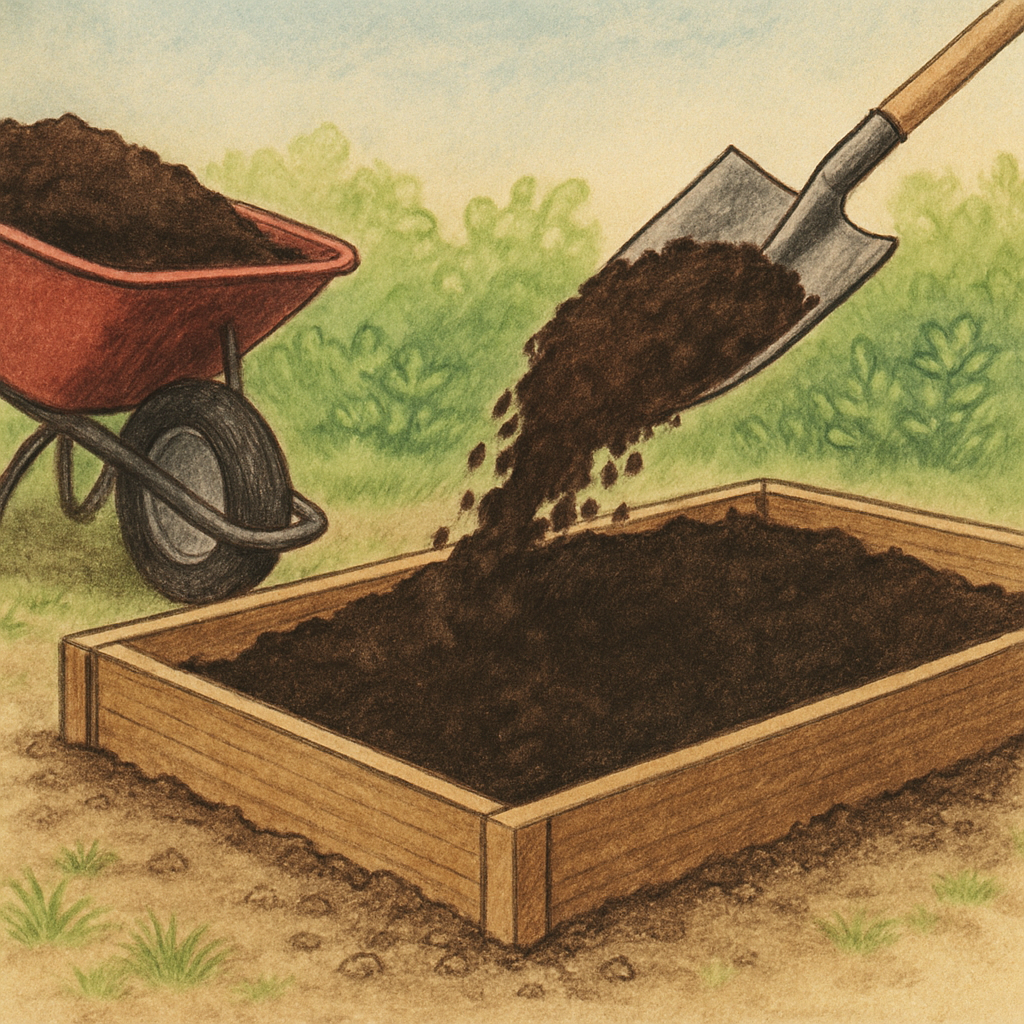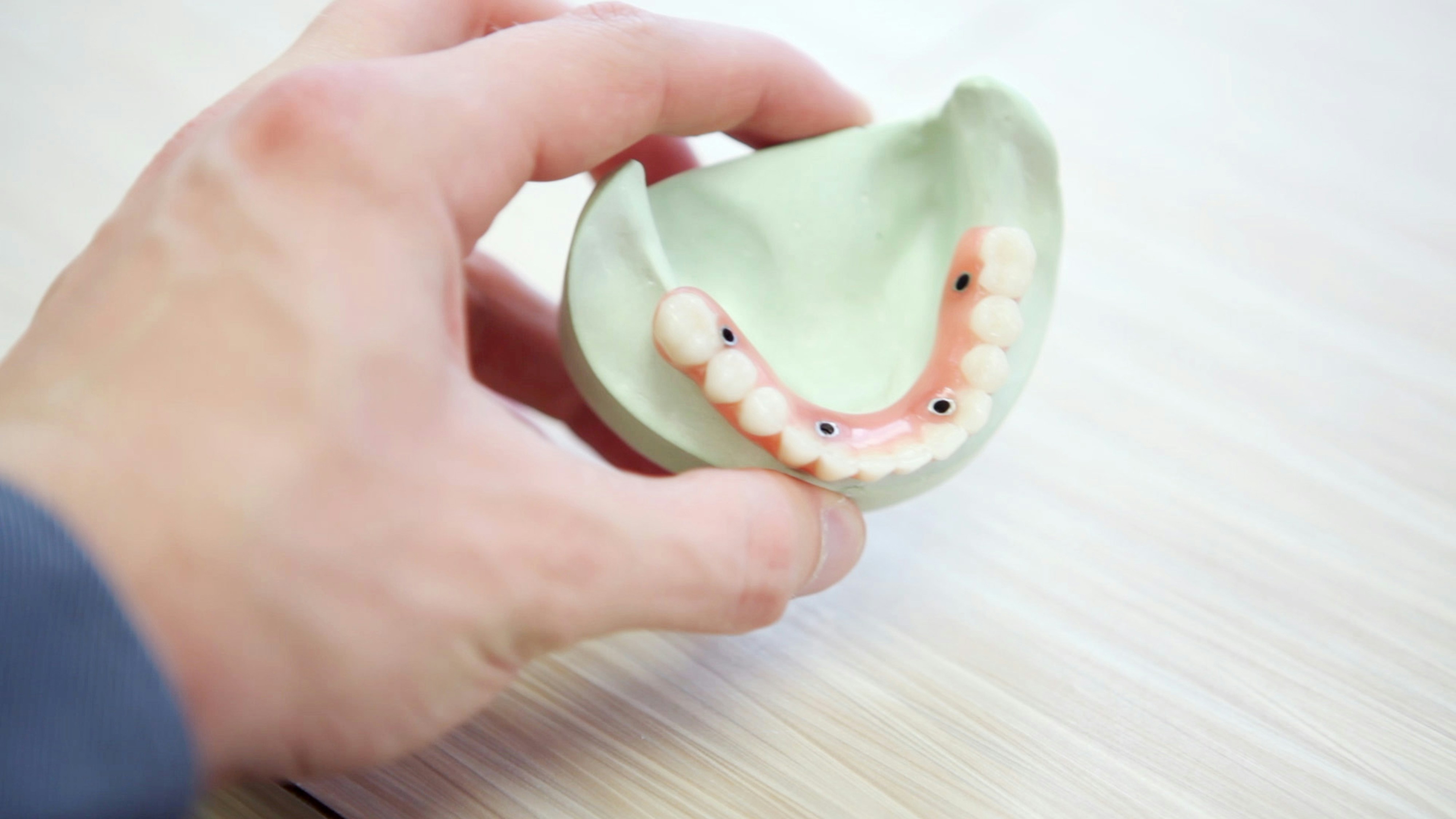Any form of exercise can positively affect your health. You become more alert, stronger and your memory can be improved. In addition, you sleep better. The risk of diseases and bone fractures is also reduced. Therefore, try to get more movement into everyday life and avoid sitting still.
How much do I need to move?
You who are 18 years or older are recommended to break long-term sitting by taking movement breaks and increasing everyday movement. You are recommended to be physically active for a total of at least two hours and thirty minutes a week.
If you need motivation from a trainer, you can try Pilates, yoga & similar exercise formats then you can try going to an exercise studio.
You should get warm and get your heart rate up
You should move in a way that makes you warm and that increases your heart rate and your breathing. It counts as moderate intensity.
You who move with high intensity need to move for an hour and a quarter every week. High intensity means an even clearer increase in heart rate and respiration.
Tips on physical activity in everyday life
Here are some examples of things you can do to move two and a half hours a week:
- You can go for a brisk walk 30 minutes five days a week.
- You can run 20 to 30 minutes three days a week.
- You can combine the first two points.
Note: If you are an elderly person in aged care. Get your activity done under nurse or carer supervision. Are you over 55 (not too old) & living in retirement homes? No issues you can work out along with your partner.
What does moderate activity mean to me?
What counts as moderate intensity is completely individual and changes depending on how active you are. A slow walk should be enough to feel moderately strenuous if, for example, you have been physically inactive for a long time, or if you have had an illness that has affected your general condition. When you are well-trained, you may need to jog to feel moderately strenuous. Moderate intensity often means you can talk during the activity. For those of you who have a functional variation and, for example, are wheelchair bound, it is important to know that all movement counts.
Supplement with muscle training
It is good if you do an activity that strengthens the muscles at least twice a week. Try to train several large muscle groups such as thighs, buttocks, abdomen, torso and arms. You can train your muscles by, for example, doing these exercises at least twice a week:
- Go up stairs. It is really good training for thighs and buttocks.
- Do some sit-ups on a soft mat on the floor. It is good exercise for the abdomen and torso.
- Do push-ups on the floor or against a wall. It is good training for arms and shoulders.
Train your balance
You who are over 65 also need to train balance. Good examples of balance exercises are for example:
- Walk in the woods on uneven ground.
- Dance.
- Exercise gymnastics.
- Stand on one leg for a while every day.
Be physically active in everyday life
You move every day in ways you may not think about. For example, when you clean, do housework, play with the children, go out with the dog or walk a distance to and from work. You also move when you are engaged in gardening, berry picking, dancing, cycling, various activities at work and when you go shopping.
Get up and take a break from work every half hour
An easy way to move more is to increase everyday activities. You can also reduce the time you sit still. For example, reduce the amount of time you spend watching TV or sitting at the computer. Try to find more opportunities in everyday life to move you. Remember to take a movement break every half hour when you are seated.
Tips on movement in everyday life
Here are some tips on what you can do to move more in everyday life:
- Take the stairs instead of the elevator or escalator.
- Organize the workplace so that you have to get up sometimes.
- Get off the bus or train at a stop earlier.
- Walk with the children to preschool or school instead of taking the car or bus.




